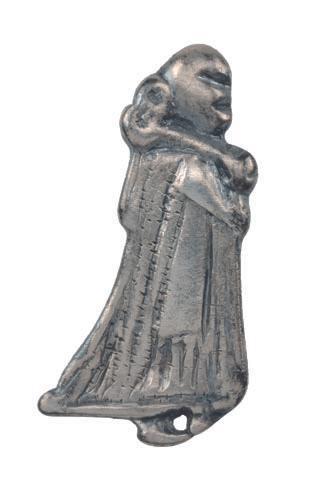UNLIMITED
THE VIKINGS OF BIRKA

I do not know her name, so I have given her one: I call her Hervor. Other famous skeletons have names. Think of Lucy the Australopithecus, named for a Beatles song, and Ötzi the Iceman, named for the valley he was found in.
I could have named her Lagertha, after the shield-maid that Saxo Grammaticus, writing his Gesta Danorum (History of the Danes), said “would do battle in the forefront of the most valiant warriors”. But Lagertha has already been brought to life by Katheryn Winnick in the History Channel series Vikings. I could call her Brynhild, Geirvifa, Svava, Mist, Thogn, or Sigrun, names of valkyries in sagas and poems, names that mean Bright Battle, Spear Wife, Sleep Maker, Fog of War, Silence of Death, or Victory Sign. But I call her Hervor, after the warrior woman in the Old Norse poem, Hervor’s Song. Her means ‘battle’. Vör means ‘aware’. Hervor, then, means Aware of Battle, Warrior Woman.
I do not know how or when Hervor arrived in Birka. The mature appearance of certain bones, and the level of wear on her molars, reveal that she was at least 30 when she died – she could have been as old as 40. Her bones tell us, too, that Hervor ate well all her life, which means she came from a rich family, if not a royal one. At over five foot seven, she was taller than most: King Gorm the
You’re reading a preview, subscribe to read more.
Start your free 30 days



